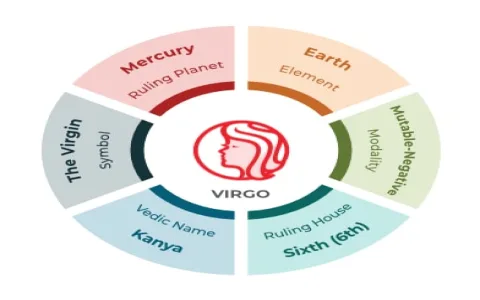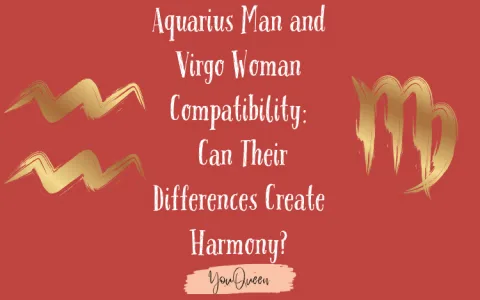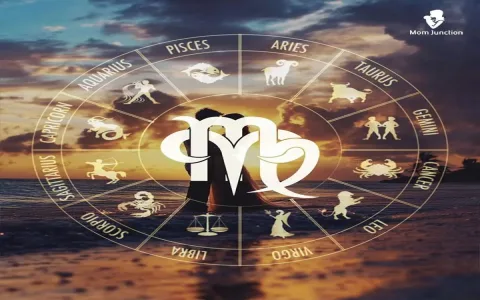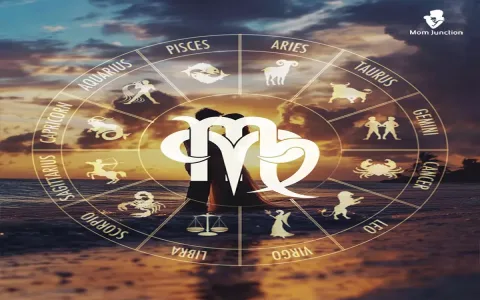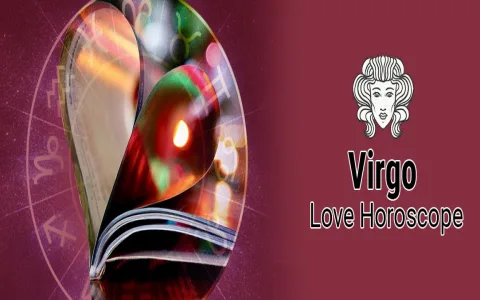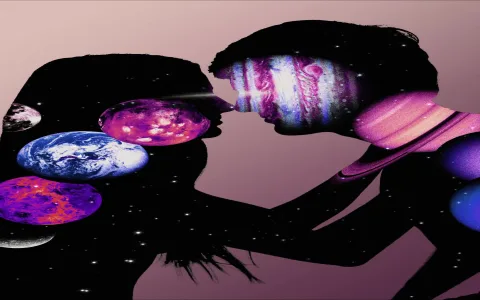The Moment I Knew I Had to Map the Madness
Look, I’m usually not the guy who spends his weekends charting star signs, but I got absolutely dragged into this mess by my cousin, Gary. Gary is a textbook Virgo—the kind of guy who alphabetizes his spice rack and truly believes a perfectly organized spreadsheet can solve global warming. He’s great, but totally inflexible. And somehow, he landed himself a total, deep-end Pisces, named Anna.
The first few months of their dating life were pure observational comedy for me, but it quickly turned into high-stakes drama. Every phone call from Gary was a fifty-minute session where he’d break down why Anna’s lack of practical planning was physically stressing him out. It wasn’t simple fights; it was a fundamental clash of energy. Gary needed structure, Anna needed space to float. They were exhausting each other.
I realized giving vague, sympathetic advice wasn’t working. I told myself, I need to stop just listening and start documenting the failure points. I started this whole deep dive purely as a practical exercise, treating their relationship like a broken machine I had to reverse-engineer. I wasn’t just observing, I was running diagnostics, and I needed hard data to prove my hypothesis: that this particular Earth/Water clash is structurally unsound unless massive overhauls are performed by both parties.
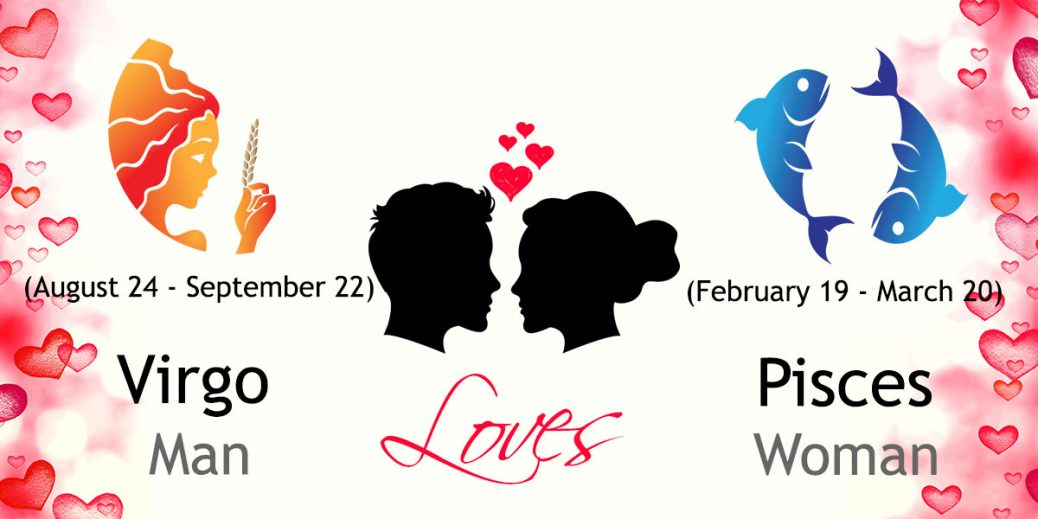
Establishing the Practice: Logging the Friction
My methodology was brutal. I set up a system—a discreet shared journaling tool, which they referred to as ‘The Logbook of Shame’—and forced them to log every single conflict or major misunderstanding for two full months. I didn’t care about the topic of the fight; I cared about the root cause and the response pattern. I really drilled down into the behavioral feedback loop.
The initial data dump was intense. I categorized the triggers into three main themes based on the fundamental needs of each sign:
- Theme 1: The Logistics Gap. This covered conflicts where the Virgo man needed precision, timeliness, and financial foresight, while the Pisces needed flexibility, emotional flow, and avoided concrete scheduling entirely. I logged the number of times Gary had an anxiety attack over a missed payment or a vague travel plan. The numbers were staggering.
- Theme 2: The Emotional Translation Error. This was the worst. Gary approached sadness, worry, or fear as a problem to be solved with logic and evidence. Anna, the Pisces, viewed these feelings as states of being that required deep validation, not practical solutions. When Anna cried about feeling lost, Gary would offer to sign her up for a life coaching course. I tracked how often Anna felt “unseen” versus how often Gary felt “inadequate” because he couldn’t fix her ethereal pain.
- Theme 3: Boundaries and Merging. Virgo needs clean lines; Pisces wants fusion. I noted the boundary infringements. Gary would try to optimize Anna’s social calendar or diet; Anna would try to force Gary to confront buried childhood trauma during a casual Tuesday dinner. Each action was done out of ‘love,’ but it felt like control versus suffocation.
Reading through those logs, I saw a clear pattern emerge: Gary and Anna were functionally decent people, but their attempts to love each other felt like one trying to build a sandcastle while the other tried to live in the ocean. The data screamed incompatiblity, requiring massive, painful compromise on the emotional front for the Virgo and the reality front for the Pisces.
The Unexpected Backfire: Why My Research Blew Up My Own Life
After compiling about eight weeks of charts and graphs—I even color-coded the emotional intensity—I had my definitive conclusion ready: this pairing is a spiritual marathon, not a sprint, and they were sprinting into a wall. I was sitting there, highlighting the final key takeaways for Gary, feeling incredibly smug about my objective analysis, when my own partner, who happens to be a fiery Aries but with a very strong Pisces moon, walked in.
She glanced at the summary I’d printed out. It detailed the Virgo’s deep-seated need to intellectually categorize feelings to avoid feeling overwhelmed. She looked at the phrase: “The Virgo man’s primary defense mechanism is to solve the emotion rather than sit in the discomfort.”
She didn’t even need to read the rest. She just pointed at the line and looked right at me. “You think you’re documenting Gary’s flaws? That’s you, every single damn time I try to talk about something heavy. You try to fix it, minimize it, or ignore it, but you never just listen.”
The air went totally still. I was so wrapped up in being the detached, observing scientist, documenting their mess, that I failed to see the exact same avoidance pattern playing out in my own home. I had spent two months meticulously charting the failure points of others, thinking I was above the fray, only to have the exact data I collected used as a weapon against my own blind spot.
The resulting confrontation was monumental. It wasn’t about signs anymore; it was about the cold, hard realization that my ‘practical approach’ to relationships—the very Virgo trait I was diagnosing in Gary—was actually a mask for emotional unavailability. My partner packed a bag that night, not because I was wrong about the chart, but because I had been a hypocrite.
Gary and Anna eventually split, exactly three weeks after I delivered my report—they couldn’t sustain the effort needed. But the real lesson wasn’t about the stars. It was about me. All that detailed documentation, all those intense hours charting cosmic friction, didn’t save their relationship, but it absolutely demolished my own carefully constructed self-image. Sometimes, you look so closely at someone else’s chaos, you realize you’re standing right in the middle of your own disaster zone. That deep dive into Pisces and Virgo compatibility ended up being the most painful, yet necessary, self-audit I’ve ever done.

